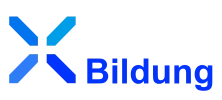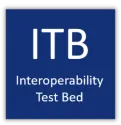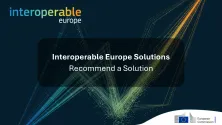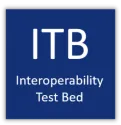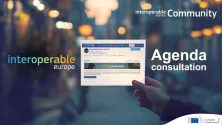
The Interoperable Europe Portal, formerly known as Joinup, is the European Union’s central platform for promoting and supporting interoperability, collaboration, and knowledge sharing across public administrations, businesses, and citizens. It acts as a one-stop shop for discovering, sharing, and reusing IT solutions and good practices, particularly around interoperability and open-source solutions in the public sector. Solutions encompass software, specifications, standards and data models.
History

Originally launched as Joinup, the platform has evolved significantly, especially after the Interoperable Europe Act entered into force in April 2024. This legal framework mandates the use of interoperable digital public services across EU Member States, driving the need for a unified platform where solutions could be shared and reused to foster digital transformation. The platform’s transition from Joinup to the Interoperable Europe Portal reflects its enhanced role in supporting the Interoperable Europe Act and the EU’s broader Digital Decade goals.
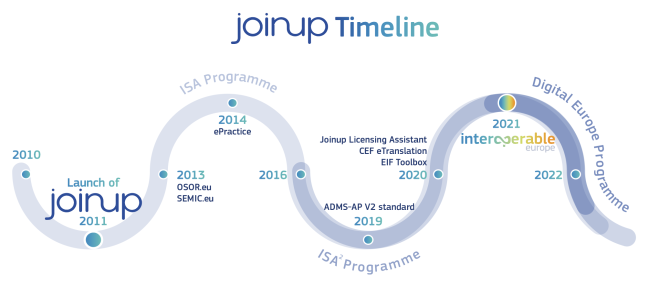
Key features & functions
The Portal offers various services, including:
- Knowledge sharing and best practices: The Portal provides access to a wide array of resources, including case studies, reports, and guidelines, to support the exchange of knowledge on interoperability solutions, standards, and successful implementations in different EU Member States. This helps administrations avoid duplication and accelerate digital transformation.
- Community engagement: A core feature of the Portal is its support for building and managing communities. It offers collaboration tools that allow public sector officials, businesses, and other stakeholders to engage in discussions, share feedback, and collaborate on projects. These communities serve as a hub for knowledge exchange and networking across borders.
- User support and helpdesk: The Portal provides comprehensive support to its users through a dedicated helpdesk service. This ensures that users can easily navigate the platform, contribute solutions, and access the full range of features available.
Community & ecosystem
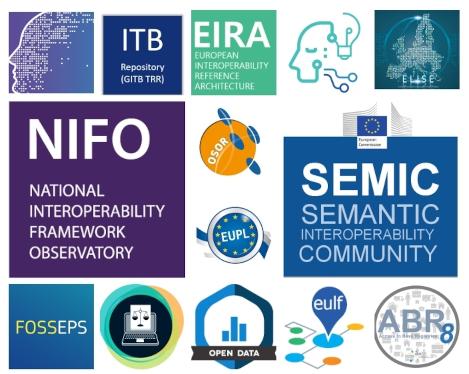
The Interoperable Europe Portal hosts diverse communities that foster collaboration and knowledge sharing in digital government, interoperability, and open-source solutions. Key communities include:
- Open Source Observatory (OSOR): Promotes the reuse of open-source software in public administrations.
- National Interoperability Framework Observatory (NIFO): Tracks the implementation of the European Interoperability Framework (EIF) across EU Member States, enabling them to monitor the progress of interoperability initiatives and solutions. Public administrations can access data and reports on EIF implementation and related EU policies, promoting mutual learning and the exchange of best practices.
- SEMIC Support Centre: Focuses on semantic interoperability for cross-border data sharing.
- Better Legislation for Smoother Implementation (BLSI): Enhances the digital transformation of legislative processes.
- Public Sector Tech Watch (PSTW): Monitors emerging technologies like AI and Blockchain in the public sector, providing insights and best practices.
- GovTech Connect: Builds a GovTech ecosystem by connecting public administrations with startups and SMEs to innovate public services.
- European Interoperability Reference Architecture (EIRA): Provides frameworks for designing interoperable public services.
These communities drive collaboration, innovation, and the digital transformation of public services across Europe.
Have a look around, choose your communities of interest and start interacting by becoming a member!
Online tools
The Portal offers unique tools to assist e-Government professionals and Public Administrations cope with digitalisation challenges, such as licensing their software, and aligning with the European Interoperability Framework (EIF).

The Portal offers a unique tool for handling open source licences. The Joinup Licensing Assistant (JLA) enables copyright owners identify licences for distributing their software or data, offers categorisation with direct links to each licence's SPDX (Software Package Data Exchange) entry, and allows comparison of up to five licences. Also, JLA's Compatibility Checker feature verifies whether the "use" (or inbound) licences are compatible with the "distribute" (or outbound) licences.
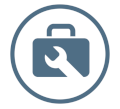
The EIF Toolbox is designed as a guidance for national public administrations to equip them with the tools necessary to align their National Interoperability Frameworks (NIFs) with the European Interoperability Framework (EIF) in order to promote interoperability at national and European level. The structure of the toolbox provides a complete and holistic approach on interoperability and allows users to access information and reusable solutions or components to tackle specific aspects of interoperability when designing a new digital solution.
Federate your solutions with the Portal

One of the Portal’s objectives is to build and maintain a catalogue of interoperability solutions. Various catalogues of solutions exist outside of the Portal, for example at Member States and international Standardisation Bodies. To bring these catalogues together under one portal, the Portal can harvest them and offer a central entry point to these solutions. This is possible thanks to the platform’s federation process which uses the ADMS-AP specification.
Source code reuse
The Portal satisfies multiple needs, from providing interoperable digital government ICT solutions to being an online space for collaborating, sharing and learning about digital public services and initiatives. But did you know that the Portal is an interoperable solution of its own, offering its source code to anyone interested in setting up an interactive, functional, and reusable system? The Portal Development Team has also contributed more than 30 reusable modules to the Drupal community (the Portal is Drupal-based). Find out more here!
The collection
The platform also provides users with its own dedicated Portal collection where all community-oriented activities are possible. In this space you can share your news and events, discuss about digital transformation, and get informed about the latest developments happening on the Portal. Additionally, you have quick access to the platform’s Frequently Asked Questions, How-To articles, and videos, the Roadmap of future improvements and features, as well as to technical documentation (architecture and federation details). All this is just a click away, available in the navigation menu on your top left!
Alignment with the Interoperable Europe Act
The Interoperable Europe Act is at the core of the Portal’s mission, mandating that digital public services across the EU be interoperable. The Portal is the key platform for implementing this mandate, ensuring that cross-border digital solutions adhere to the principles of the European Interoperability Framework. It enables public administrations to efficiently share, discover, and reuse digital solutions, fostering cross-border cooperation.
Benefits for users
For existing and new users, the Interoperable Europe Portal offers:
- Access to high-quality, reusable IT solutions that align with EU interoperability standards.
- Engagement opportunities within a vibrant community of public sector innovators and tech experts.
- Efficient collaboration tools for co-creating and sharing innovative solutions that can be implemented across the EU.
The Portal’s role in fostering digital public service innovation makes it an essential resource for achieving the EU's digital transformation goals. It helps public administrations avoid duplicative efforts, promotes cross-border collaboration, and ensures efficient public service delivery for citizens and businesses alike.

How to create Solutions on the Portal

Joinup source code

Register now for the third edition of ENDORSE on 8-9 October!

Interoperability Assessments: Final study report published
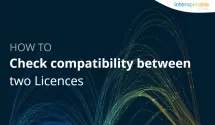
Licensing Assistant – How to check compatibility between two licences
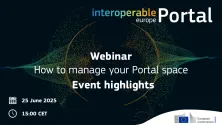
“How to manage your Portal space”: Key takeaways from the webinar
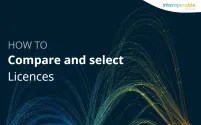
Licensing Assistant – How to compare and select licences
